For many older homeowners, years of paying down a mortgage — combined with rising property values — have created a powerful financial asset: home equity. Today, the average homeowner has over $300,000 in tappable equity, and many seniors have even more.
But here’s the challenge: high equity doesn’t always mean high cash flow — especially for retirees living on fixed income. Traditional loans often require monthly payments, which may not be realistic. That’s where reverse mortgages come into the picture.
Most people know about the HECM (Home Equity Conversion Mortgage) — the federally insured reverse mortgage that allows flexible use of funds. But fewer are aware of another option that can be more affordable if you’re facing a specific need: the single-purpose reverse mortgage.
What Is a Single-Purpose Reverse Mortgage?
A single-purpose reverse mortgage allows homeowners aged 62+ to borrow against their home equity for one approved use only — such as:
- Paying property taxes
- Making critical home repairs or improvements
- Covering mandated housing expenses (e.g., insurance, accessibility upgrades)
Unlike HECMs or proprietary reverse mortgages, these loans are not open-ended. Funds are restricted to a single, documented purpose, set by the lender.
These programs are most commonly offered by:
- State or local housing agencies
- Nonprofit organizations
Since they’re mission-driven and not profit-driven, costs are often lower — with reduced fees and sometimes zero interest, depending on the program.
Who They’re Designed For
Single-purpose reverse mortgages are generally aimed at:
✅ Lower- to moderate-income senior homeowners
✅ Those struggling with essential housing costs
✅ Homeowners wanting to avoid foreclosure due to property tax issues
Availability depends entirely on your state, city, or county — not everyone will have access to these programs.
How a Single-Purpose Reverse Mortgage Works
Although limited in use, it follows the same repayment structure as other reverse mortgages:
- Apply through your state, local agency, or nonprofit.
You’ll provide documents proving age, homeownership, income, and proof of the expense (e.g., tax bill or repair estimate). - Loan amount is calculated.
The lender determines how much equity is needed — usually just enough to cover the approved cost (not a large cash payout). - Funds are paid directly to the provider.
Instead of cash in hand, payments go straight to the tax authority, contractor, or service provider. - No monthly payments required.
The loan is repaid when the home is sold, you move out permanently, or upon passing — just like other reverse mortgages.
Key Benefits of Single-Purpose Reverse Mortgages
| Advantage | Why It Matters |
|---|---|
| Low or no fees | Minimal closing costs and often no insurance premium |
| No monthly payments | Helps seniors on fixed income stay afloat |
| Targeted financial relief | Ideal for one major issue, like unpaid taxes or urgent repairs |
Important Considerations Before Applying
| Factor | What to Watch For |
|---|---|
| Limited availability | Offered only in select regions — funding may run out |
| Use restrictions | Cannot be used for general living expenses or medical bills |
| Income limits | Many programs require proof of financial need |
| Varying program rules | Interest rates, repayment terms, and forgiveness policies differ widely |
Bottom Line
A single-purpose reverse mortgage can be a lifeline for seniors facing specific housing-related financial pressure — particularly property taxes or critical home repairs. It’s often the most affordable reverse mortgage option, but it’s not for everyone.
Before choosing this route, seniors should:
- Verify local availability
- Compare it against HECM or proprietary options
- Review all terms carefully
Used wisely, it can help homeowners stay in their homes longer — without adding any monthly debt burden.

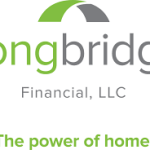
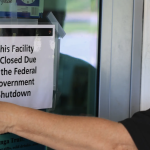


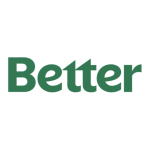
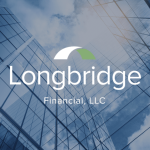
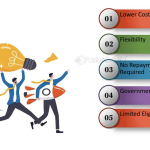

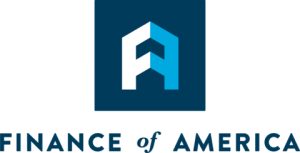
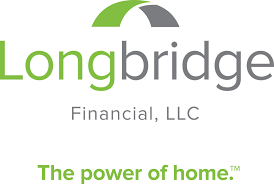
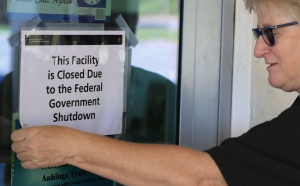

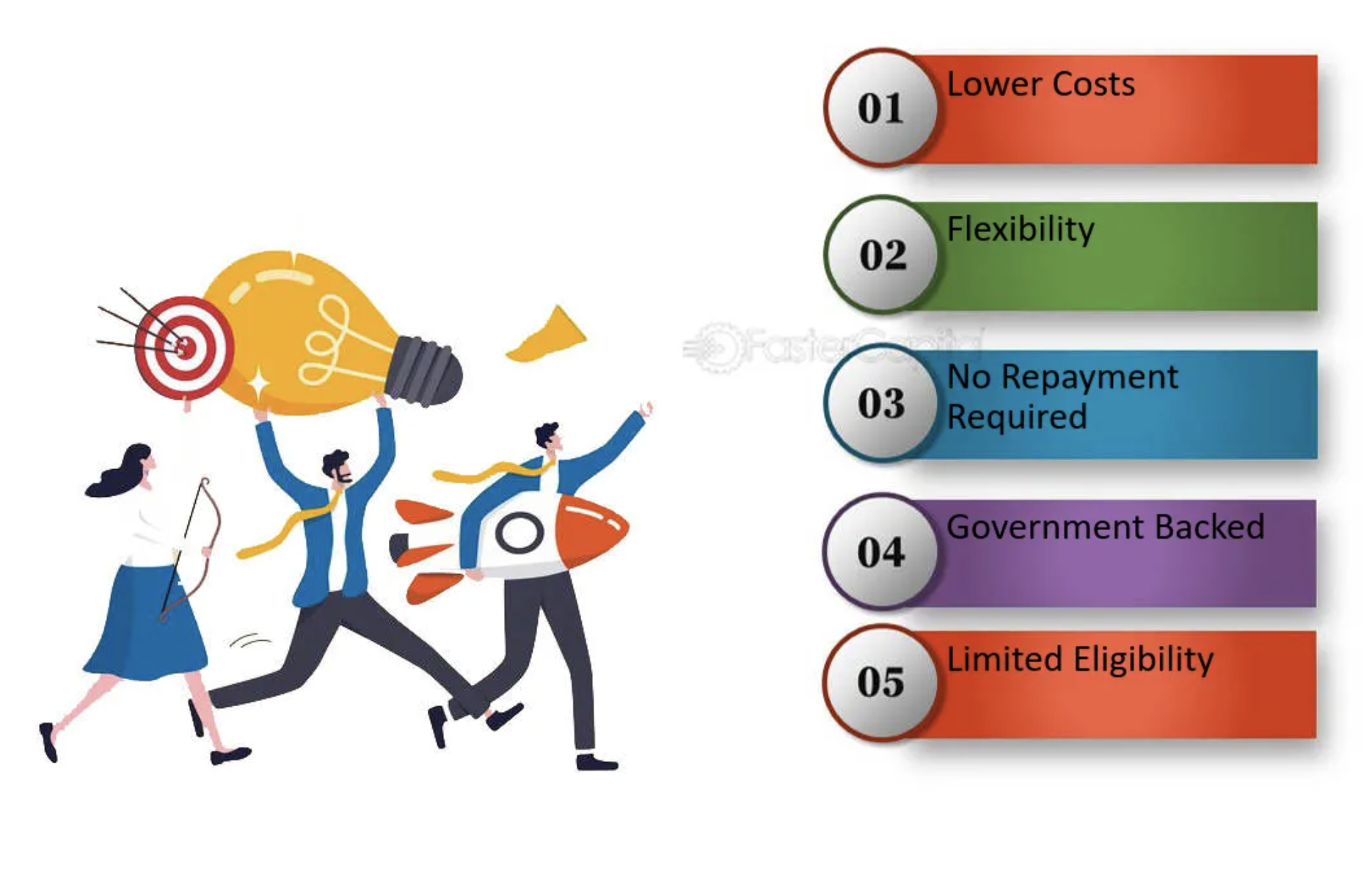
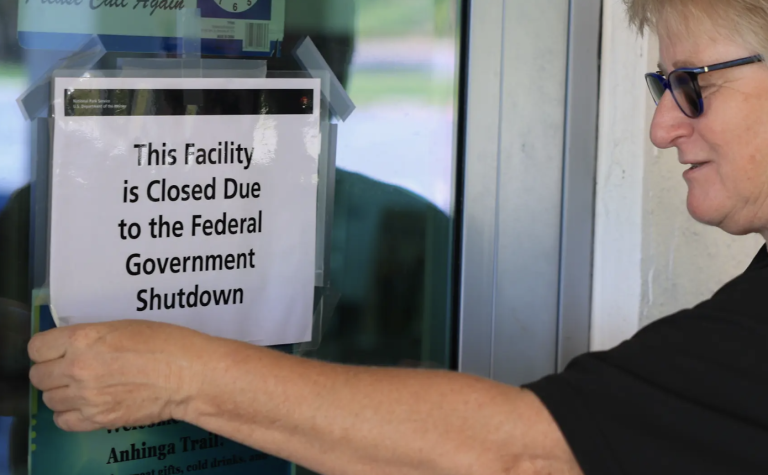
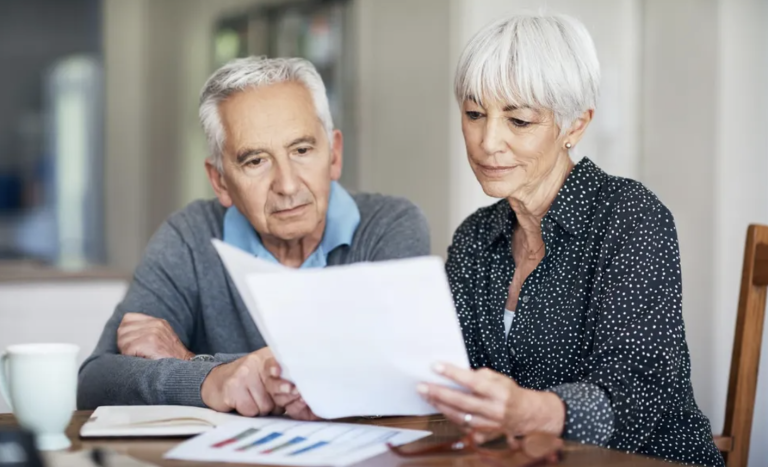

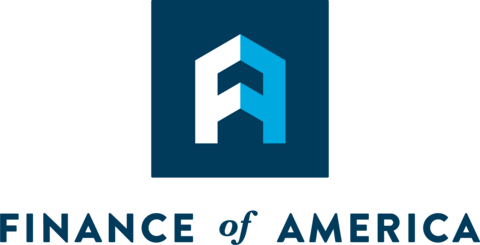
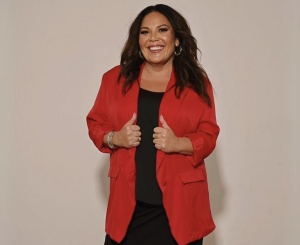
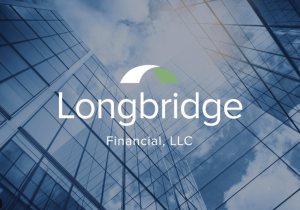

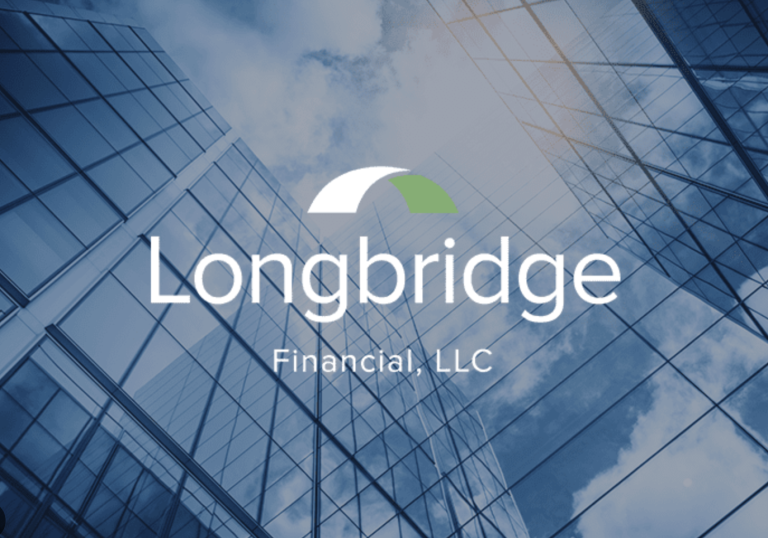
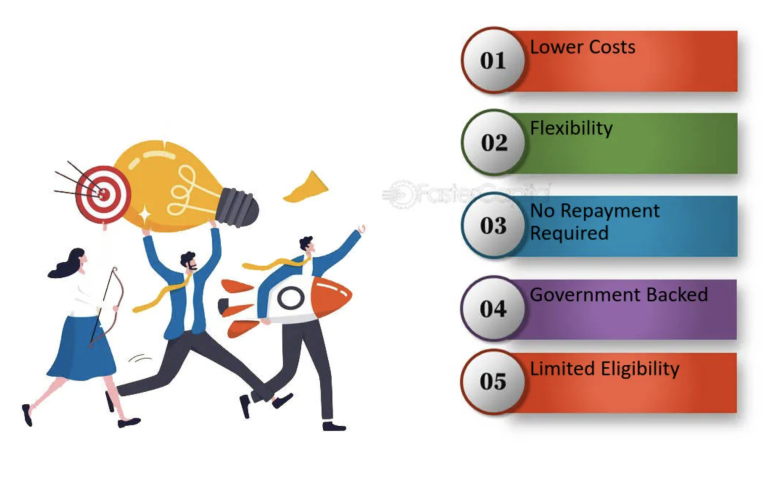
+ There are no comments
Add yours